BSD
Sukkah 32b(2) – 33a.
Shvat 9, 5782. January 11, 2021
1 – We reviewed the issue of the Lulovim that are of a different species – unlike the ones that have been used as far back in time as we can trace.
2 – Having completed the laws of Lulav the next Mishna discusses הדסים.

Hadasim – Myrtle
The Torah says that we need to use ענף עץ עבות. A stem that has braided leaves. That’s not very specific. What type of twig/stem/leaf is that?
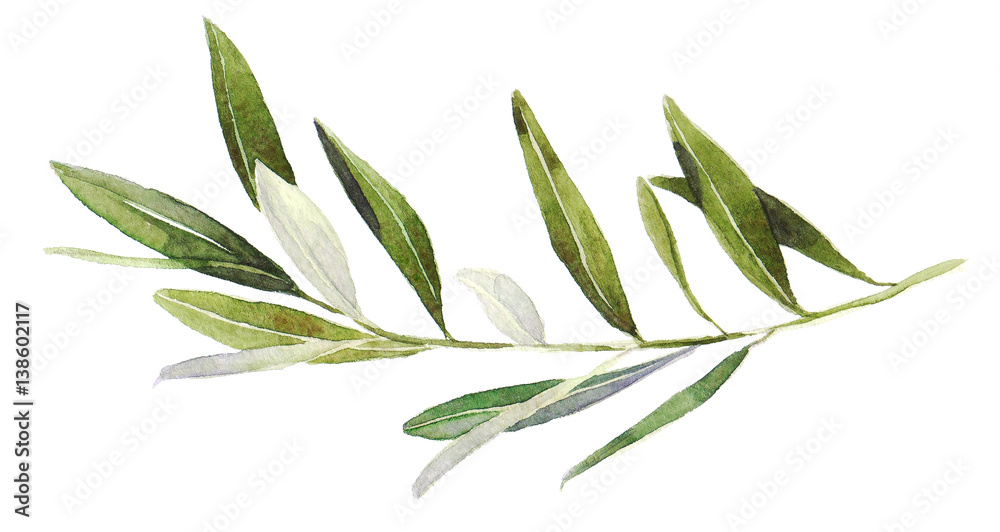
Olive Branch
The Gemara suggested that perhaps ענף עץ עבות means a plant called הירדוף. It then says that it cannot mean this plant since Torah laws are meant to be pleasant.
What is Hirdof? And what is not pleasant about it?
Rashi says it is a poisonous plant no less!
הרדוף הנחלים – סידור עלים “משולש”
Tosfos says it cannot mean that, since הירדוף is a plant that can be used for…. מרור. It can indeed be bitter….. But not poisonous.
So Tosfos suggests that הירדוף is a thorny plant. Using it would scratch the user. On the other hand, for מרור it would work, since this plant can be ground into small pieces and the thorns would be crushed.
תני דבי שמואל אלו ירקות שאדם יוצא בהן ידי חובתו בפסח בחזרת בעולשין ובתמכא ובחרבינין ובחרגינין ובהרדופנין …. אמר ליה רב רחומי לאביי: ממאי דהאי מרור מין ירק הוא? … ואימא הירדוף? דומיא דמצה, מה מצה מין זרעים אף מרור מין זרעים וכו'” (פסחים, לט ע”א).
We mentioned, that in passing, we see that for the מצווה of מרור one can grind it. Some מחמירים actually bite into a solid piece of מרור.
See הגדה מעשה ניסים. And Rashash here.
Was this the Rebbe’s מנהג?

The berries of a הדס
3 – The opinion of Reb Eliezer ben Yaakov is: we know that ענף עץ עבות – a branch of a braided or plaited tree – means הדסים because the Torah means to imply a tree/bush that produces a fruit that has the same taste as the tree or stem itself. The הדס bush fit this category since the berries that grow on the הדס tastes like the stem it grows on.
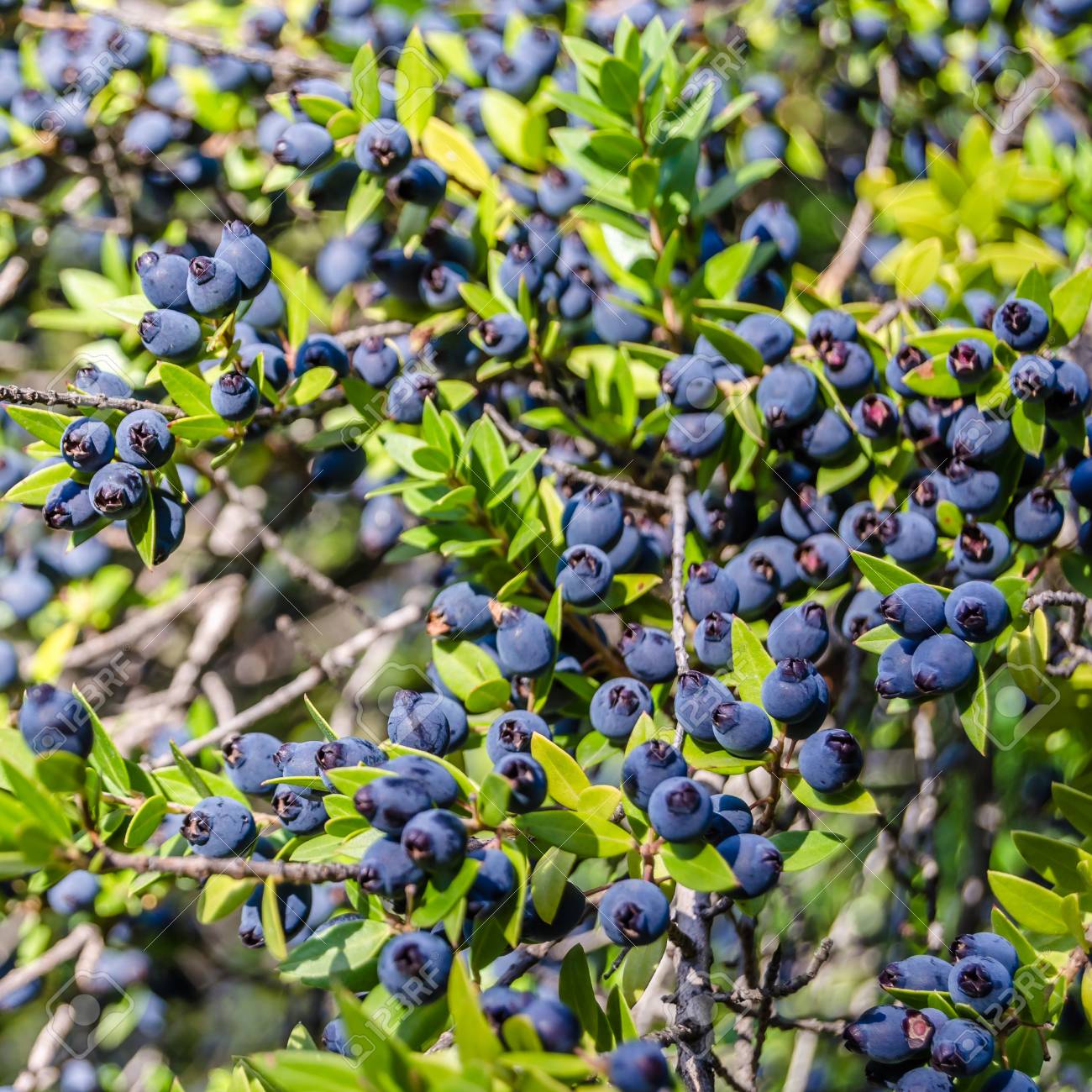
Myrtle with Berries
[Some say that the meaning here of עצו, does not mean the stem. Rather it means the outside shell of the הדס berry and the אתרוג. More on this in the future bl”n].
4- The obvious question is that we all know that only the אתרוג has that characteristic. As we will see further on (35a) תנו רבנן, ‘פרי עץ הדר’ – עץ שטעם עצו ופריו שווה הוי אומר זה אתרוג”
The answer discussed is that the berries of the הדס tree are not considered ‘fruit’ per se. This is because the הדס tree itself is not considered a ‘fruit tree’.
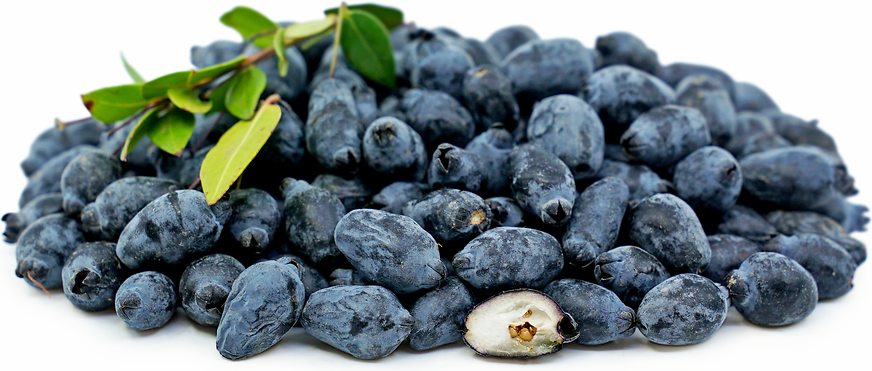
The ברכה one makes on these הדס berries is actually שהכל !
(according to the Arizal you make האדמה. Thanks Zev Sero). Here.
See here:
Alter Rebbe, OC 203.
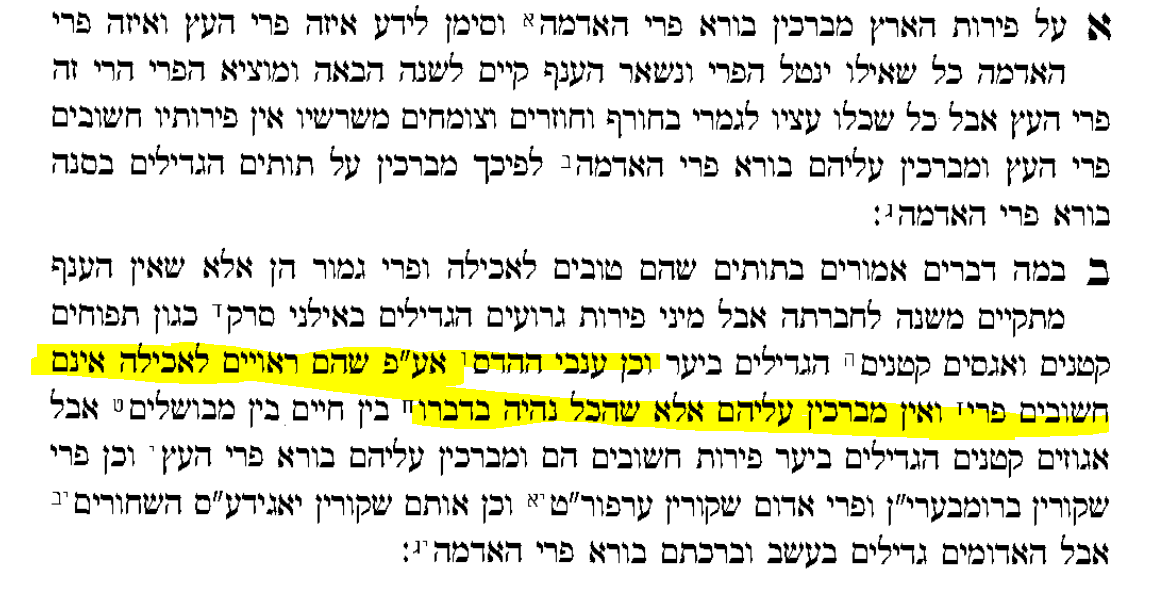
We spoke about the יאגידע”ס (berries in Russian ягоды) on which the Alter Rebbe says one should make a אדמה, if they are black in color. Is he referring to blueberries? Blackberries?
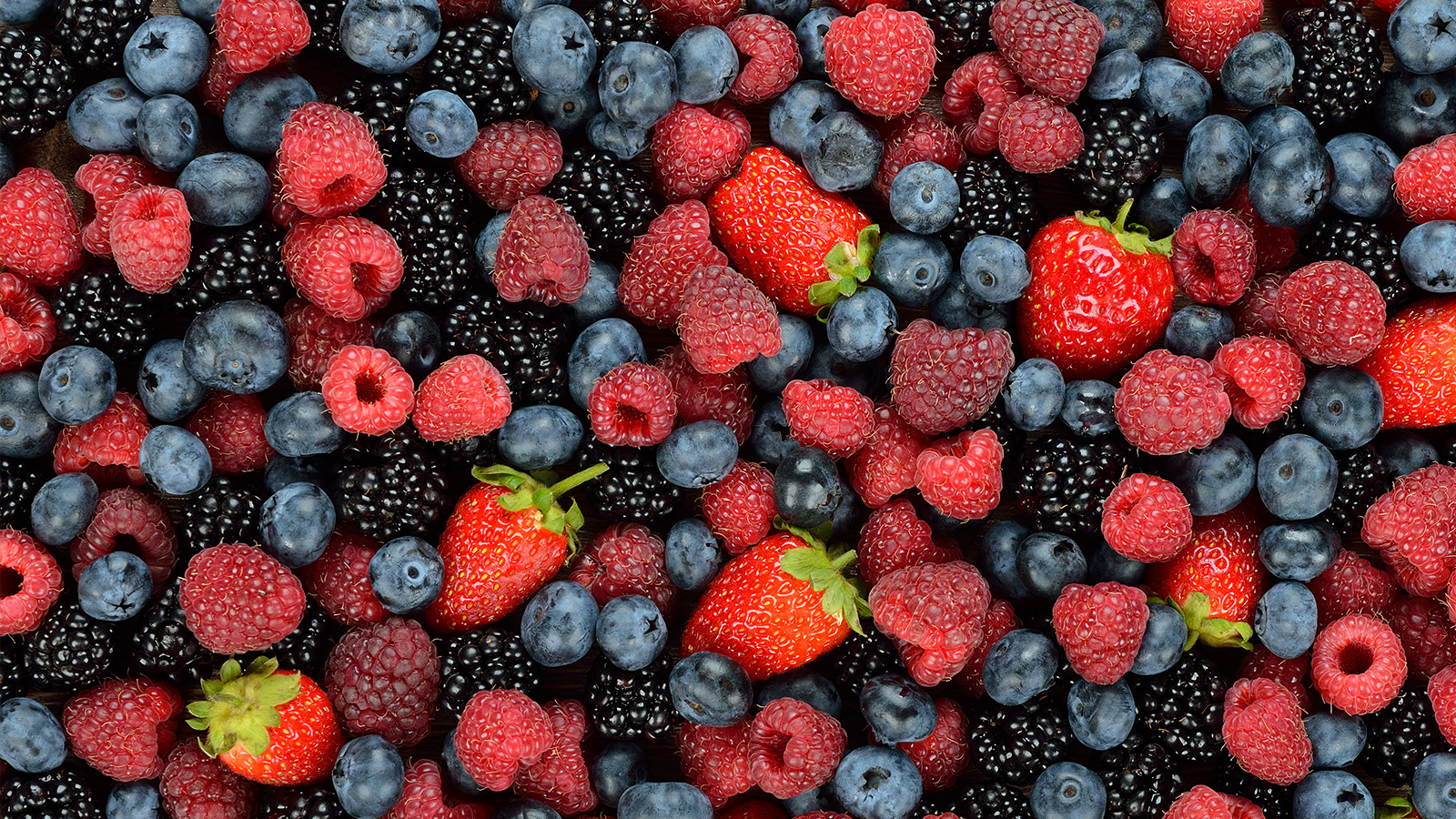
5 – Our Mishnah says that if a הדס has more berries than leaves then it is פסול. One may remove these berries to make a הדס כשר. It adds ‘but one may not remove the berries on Yom Tov’.
Rashi explains that removing them would be a מתקן מנא- like fixing/repairing an object on Yom Tov which is prohibited מדרבנן.

Some say opening a bottle on Shabbos is prohibited because of מכה בפטיש or מתקן מנא. Above is the “Shabbos Bottle Opener”
See here
We mentioned an interesting מרדכי that says that in the case of the הדס, such a ‘fixing’ is prohibited מדאורייתא. His reason is based on a universal concept [discussed in previous שיעורים] that when performing a mitzvah, even if the act is considered ‘minor’, the מצווה gives this act ‘importance’. It elevates such an act from ‘simple and small’ to ‘large and important’.

מרדכי, סוכה , תשמז
Thus says the מרדכי, snipping off these berries on Yom Tov, since it creates an object to use as a מצוה, a Kosher הדס, this act is now prohibited מן התורה.
6- Yud Shvat.
We spoke about the Frierdiker Rebbe, in the באתי לגני which he prepared for Yud Shvat, discusses the importance of time, since ‘who knows when he will pass away’!

7- Our Gemara says that a הדס needs to have 3 leaves on one row. According to Rashi, it needs to have three leaves coming out of one (of the mini) stem(s). Tosafos says that it is almost impossible to find.

A הדס that does not have 3 leaves on each row is called a הדס שוטה.
שוטה like a בכור שוטה . A half בכור.
A הדס is sometimes called שיטותא. So הדס\שיטותא has two meanings. The Hodos branch and ‘foolishness’.
8- Interestingly, in the מאמר above, he brings the story of רב שמואל בר רב יצחק who danced at a wedding with a הדס. Some colleagues mocked him, thinking that is was unbecoming for a תלמיד חכם to act so. At his funeral, a pillar of fire ‘separated his coffin from the crowd’.
People realized then that his dancing using a הדס, which seemed ‘foolish’ was actually very proper to do. Using the הדס to dance, which seemed ‘foolish, שיטותא, was the cause for the fire!
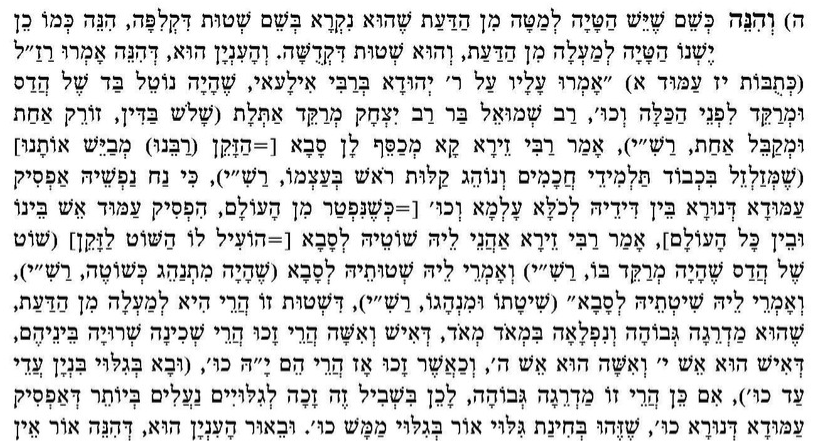
9- We spoke about the מדרש פליאה.
אדם דואג על איבוד דמיו ואינו דואג על איבוד ימיו.
Will write it out bl”n at a future time.
————————-
From Chabad.org
Thus we read (Kesubbos 17a) that “it was said of Rebi Yehudah the son of Rebi Ilai that at weddings he would twirl a sprig of myrtle as he danced before the bride.”
The Talmud goes on to say that “as Rav Shmuel bar Rav Yitzchak danced, he would juggle three (‘twigs of myrtle’ — Rashi). Said Rebi Zeira: ‘This venerable sage is embarrassing us’ (‘by making light of the respect due to Torah scholars through his undignified behavior’ — Rashi).

When Rav Shmuel bar Rav Yitzchak passed away, “a pillar of fire appeared, separating him from all those who were near him.”
Rebi Zeira thereupon retracted his previous remark.
[Three versions of his retraction are recorded in the Talmud.]
The first:
“The venerable sage has been well served by his sprig” (Shot-ie-ah), (‘the sprig of myrtle with which he used to dance’ Rashi).
The second version:
“The venerable sage has been well served by his folly” (Shtusay), (‘for he clowned like a fool’ — Rashi).
The third version:
“The venerable sage has been well served by his policy” (Shitosay), (‘by his customary course of conduct’ (Rashi).
Folly of this kind transcends understanding, and thus represents a wondrously superior mode of conduct.
[The following citation from the Talmud throws light on the nonrational — i.e., superrational — conduct of the above-named Sages at weddings.]
“If a man (Ish) and a woman (Isha) are found worthy, the Divine Presence abides between them.

For Ish is composed of Esh (‘fire’) and the letter Yud; Isha is composed of Esh and the letter Heh.
When a man and a woman are found worthy, [i.e., when they approach marriage in a G‑dly way], the letters yud and heh combine to spell the Name of G‑d: the Shechinah dwells in their midst.” (Moreover, the Divine Presence then becomes manifest in the kind of marriage that is called — “an everlasting edifice.”)
Because a marriage thus elicits such prodigious spiritual power, the joy of the Sages at weddings would burst the conventional bounds of propriety.
Indeed, in the wake of the dancing of Rav Shmuel bar Rav Yitzchak, he was granted a sublime revelation of Divine favor: “a pillar of fire appeared, separating him from all those who were near him” — a true revelation of Divine light.